The Smallest Freshwater Stingray is a species native to Southeast Asia, recognized for its tiny size of less than 10 inches in diameter. These stingrays are often kept as pets but require specialized care to ensure their well-being.
Appropriate tank substrate, filtration systems, and water parameters are essential for maintaining a healthy environment for these aquatic creatures. In addition, feeding them properly and monitoring their behavior is crucial to keep them happy and healthy in captivity. As with any pet, it is important to research and understand the specific needs of the Smallest-Freshwater Stingray before bringing one into your home.
Here we’ll dive into a detailed care guide for the smallest-freshwater stingrays, also known as teacup stingrays. So if you’re considering bringing home a tiny freshwater stingray or already have one at home but want to learn more about taking care of them properly, the outline is exactly what you need.

Detailed Care Guide For Smallest Freshwater Stingray
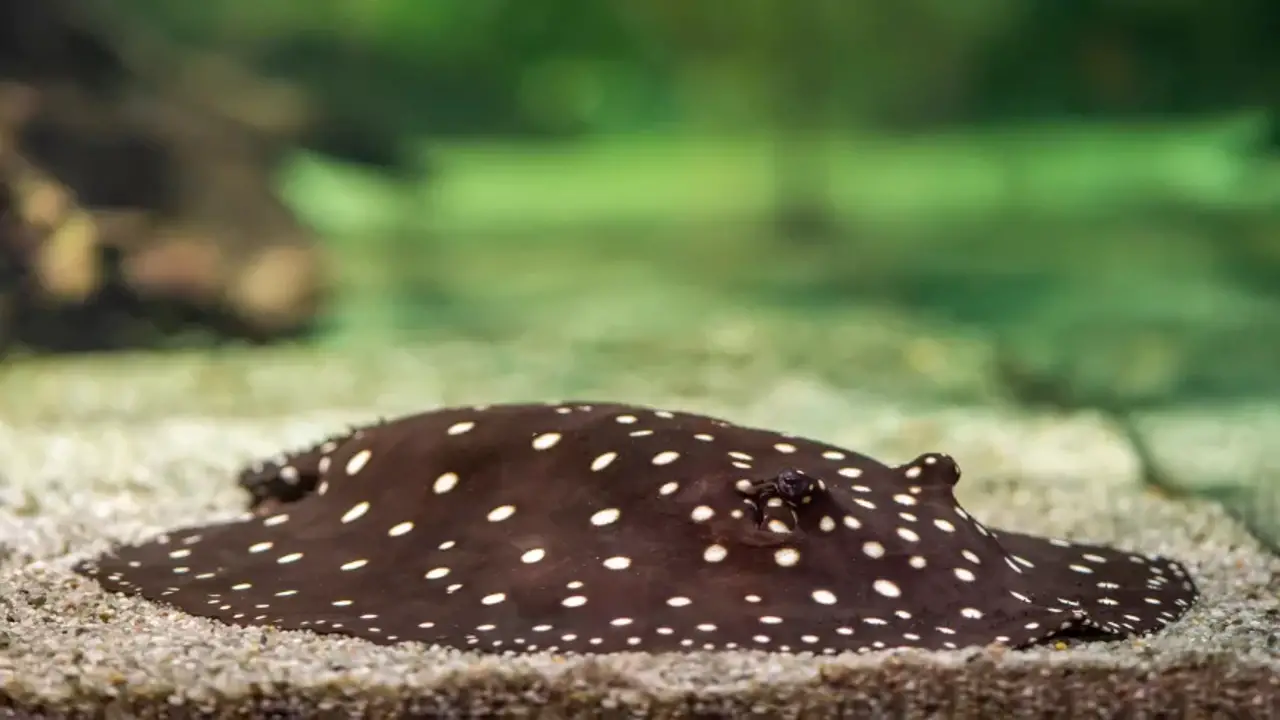
Stingrays are fascinating creatures that require specialized care in an aquarium setting. Regarding tank size, these bottom-dwelling smallest freshwater stingray fish need plenty of space to swim, so a large tank with ample swimming space is essential.
Maintaining water quality is crucial for their health, so regular water changes and proper filtration should be prioritized. Their diet includes various live or frozen foods such as shrimp, squid, and fish. Adequate lighting is important for their well-being, and maintaining consistent temperature and pH levels is vital for survival.
Optimal Tank Size For Teacup Stingrays
Teacup stingrays thrive in a tank size of at least 100 gallons, providing ample swimming space. A larger tank allows for better filtration and gives these freshwater stingrays the freedom they need. To recreate their natural habitat, soft substrate and hiding spots are essential. Maintaining water quality is crucial, so a quality filter and regular water changes are necessary. Keeping teacup stingrays in the proper tank size ensures longevity and overall health.
Water Parameters For Stingray Health
Maintaining proper water parameters is crucial for the health and well-being of freshwater stingrays. It is essential to keep the pH level between 6.5-7.5 and the temperature within the range of 78-82°F. Additionally, water hardness should be maintained between 5-15 dGH to prevent stress and disease.
Regular water changes are necessary to remove toxins and maintain stable conditions. A high-quality filtration system ensures clean and healthy water for your freshwater stingray. Enhancing water quality promotes a thriving and vibrant aquarium environment.
Ideal Substrate And Decorations For Stingray Tanks
Sand, the preferred substrate for freshwater stingrays, mimics their natural habitat. In addition to sand, live plants, rocks, and driftwood make excellent decorations for stingray tanks. It is important to avoid sharp or rough decorations that could harm the delicate skin of the stingrays.
To facilitate their natural behavior, provide a deep enough substrate for the stingrays to bury themselves. Regular cleaning of the tank and decorations is essential to prevent the buildup of harmful bacteria.
Lighting And Temperature Requirements For Stingray Habitation
Maintaining optimal lighting and temperature conditions is essential for the habitat of the smallest-freshwater stingrays. These rays thrive in a warm, stable water temperature between 78-82°F. Adequate lighting is crucial to simulate natural day/night cycles, with at least 12 hours of light and darkness each day.
UVB lighting helps prevent Vitamin D deficiency in stingrays. It’s important to regularly monitor water temperature and lighting to ensure a healthy and suitable environment for these fascinating creatures.
Behaviour Of Freshwater Stingrays
Freshwater stingrays are fascinating creatures that inhabit the rivers and streams of South America. Their behavior and feeding habits make them an intriguing species in the aquarium. Setting up a suitable tank environment is crucial for their well-being, with factors such as water parameters, substrate, and decorations playing a vital role.
Regular feeding, water changes, and tank maintenance are necessary for their care. Understanding common health issues and prevention methods ensures the longevity and happiness of these captivating creatures.
Lifespan And Growth Of A Teacup Stingray
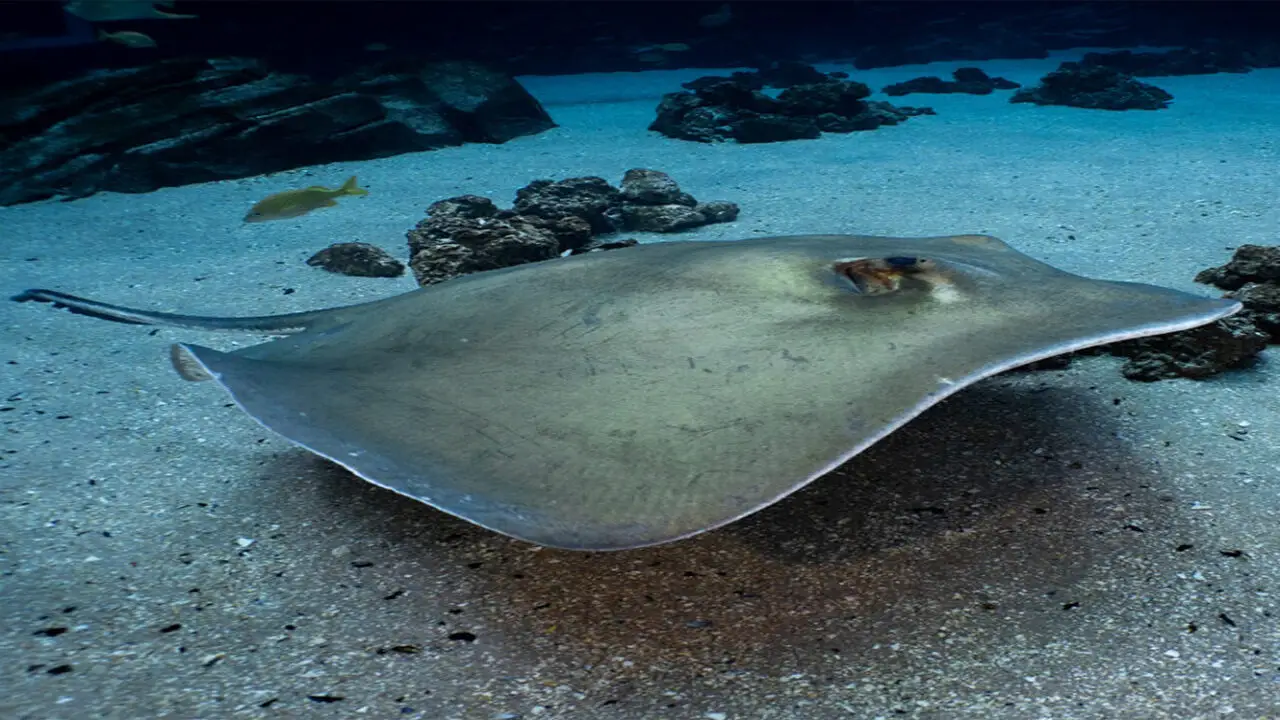
The Teacup Stingray, a captivating freshwater ray, can thrive for up to 15 years under proper care in captivity. Its growth rate is influenced by diet, water quality, and tank size. It’s crucial to monitor the stingray’s growth and adjust the tank size and feeding schedule accordingly. Regular water changes and adequate filtration guarantee optimal living conditions. Maintaining a balanced diet of meaty foods and supplements is vital while avoiding overfeeding.
How Does The Teacup Stingray Interact In Its Environment?
Teacup stingrays are bottom-dwelling fish that spend their time hiding in substrate or decorations. They interact with their environment by sifting through the substrate and using their sensory organs to find food. These peaceful creatures can coexist with non-aggressive fish species, but providing them with a spacious tank, proper filtration, and a suitable diet is crucial.
What Do Freshwater Stingrays Eat?
Freshwater stingrays have a carnivorous diet of small fish, crustaceans, and insects. To maintain their health, offering a varied diet that includes live or frozen foods such as shrimp, krill, bloodworms, and small pieces of fish is important. However, avoid overfeeding them to prevent obesity and related health issues.
Dietary Needs And Feeding Schedule For Stingrays
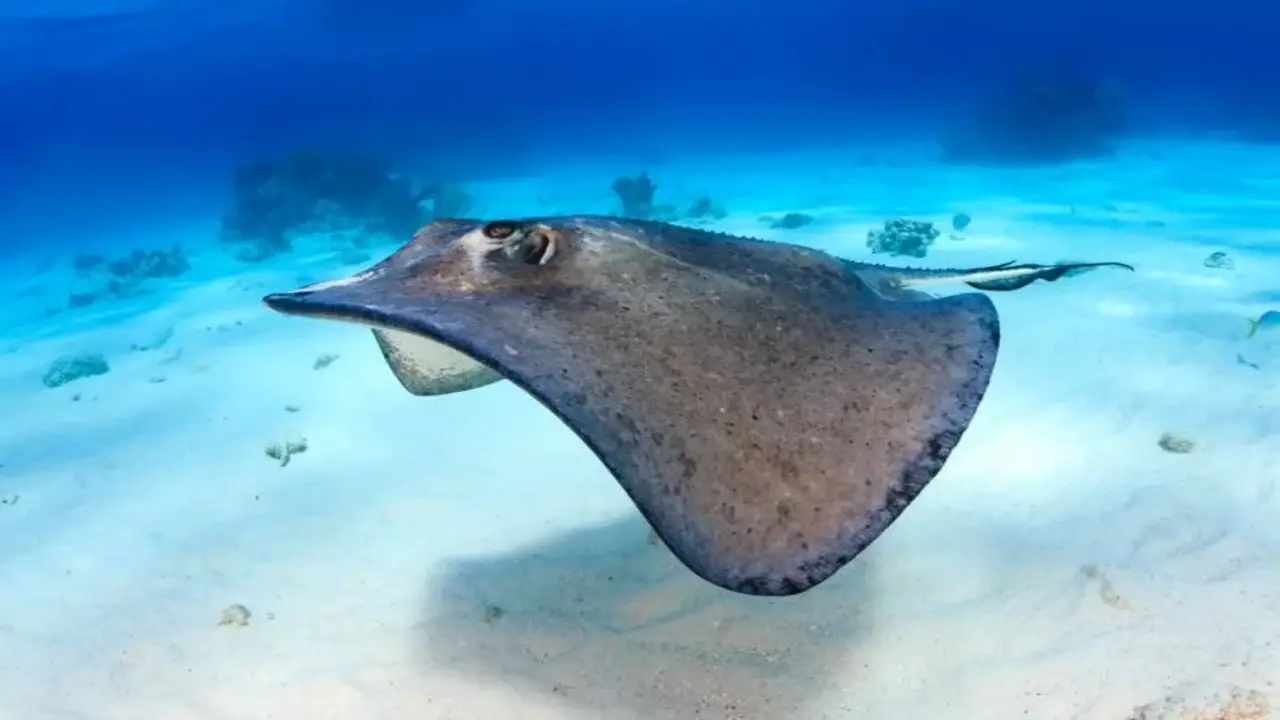
Freshwater stingrays have specific dietary needs and feeding schedules that are important for their health and well-being. As carnivorous creatures, they require a diet rich in protein. This can be provided through live or frozen foods such as shrimp, fish, and squid.
It is essential to monitor their feeding habits and adjust their diet accordingly. Young stingrays require more frequent feedings compared to adults. Feeding schedules may vary based on the size and age of the stingray. By understanding their dietary needs, aquarists can ensure their stingrays receive the proper nutrition they need to thrive in an aquarium setting.
Choosing Suitable Tank Mates For Freshwater Stingrays
When choosing tank mates for freshwater stingrays, it is important to consider their compatibility. Avoid keeping stingrays with aggressive or territorial fish. Instead, choose fish that are similar in size and temperament.
Bottom-dwelling fish that won’t compete for the same food as the stingray are also a good choice. Research suitable species beforehand and watch for any new additions to ensure the stingray’s safety. By selecting the right tank mates, you can create a harmonious aquarium environment for your smallest-freshwater stingray.
Compatibility Of Freshwater Stingrays With Other Species
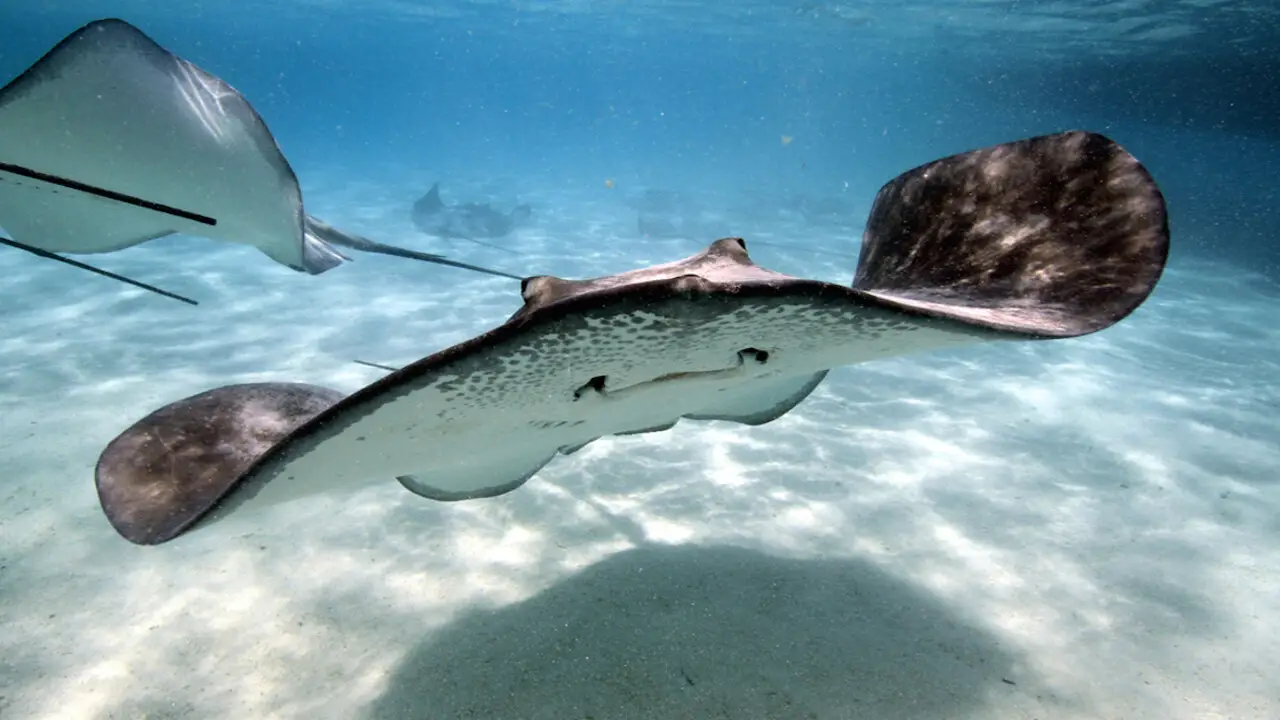
Freshwater stingrays are generally peaceful but can display aggression towards smaller fish. When choosing tank mates, it is important to consider the size and temperament of the other species. Suitable companions for freshwater stingrays include larger, peaceful fish like angelfish and discus.
However, avoiding stingrays with fish that may nip at their fins or tail is crucial. Stingrays can coexist with bottom-dwelling species such as catfish and loaches. Always research any potential tank mate’s specific needs and temperament before introducing them to the aquarium.
Can You Breed Teacup Stingrays At Home?
Breeding teacup stingrays at home is a task that is not recommended for novice fishkeepers. It demands specialized knowledge and equipment to ensure successful breeding. If proper care isn’t taken, it can lead to health issues and deformities in the offspring. It’s best left to professional breeders with extensive experience and expertise.
Professional breeders have the necessary knowledge and resources to create optimal breeding conditions for teacup stingrays, ensuring the health of the parents and their offspring. They also have access to high-quality food, supplements, and medication required during breeding.
Breeding Process And Challenges For Freshwater Stingrays
Breeding freshwater stingrays, especially the smallest ones, requires expertise and specialized equipment. The process involves simulating their natural habitat by regulating water temperature, maintaining proper nutrition, and creating the right conditions.
However, these sensitive creatures can be affected by environmental changes, which can impact breeding success. If successful, multiple offspring may be born, but there are also health risks to the mother’s stingray. It’s crucial to seek expert advice and conduct thorough research before breeding freshwater stingrays at home.
Recognizing A Healthy Freshwater Stingray
To ensure the health of your smallest-freshwater stingray, observe its behavior for signs of activity and appetite. Regularly check the water quality, including pH levels and nitrates, to maintain optimal conditions in the aquarium.
Monitor the stingray’s physical appearance, looking for changes in skin color or any unusual growths. Provide a proper diet of small live or frozen prey such as worms or crustaceans. Keep the tank clean and provide hiding places and decorations for the stingray’s comfort and enrichment.
Indicators Of Good Stingray Health And Common Health Conditions
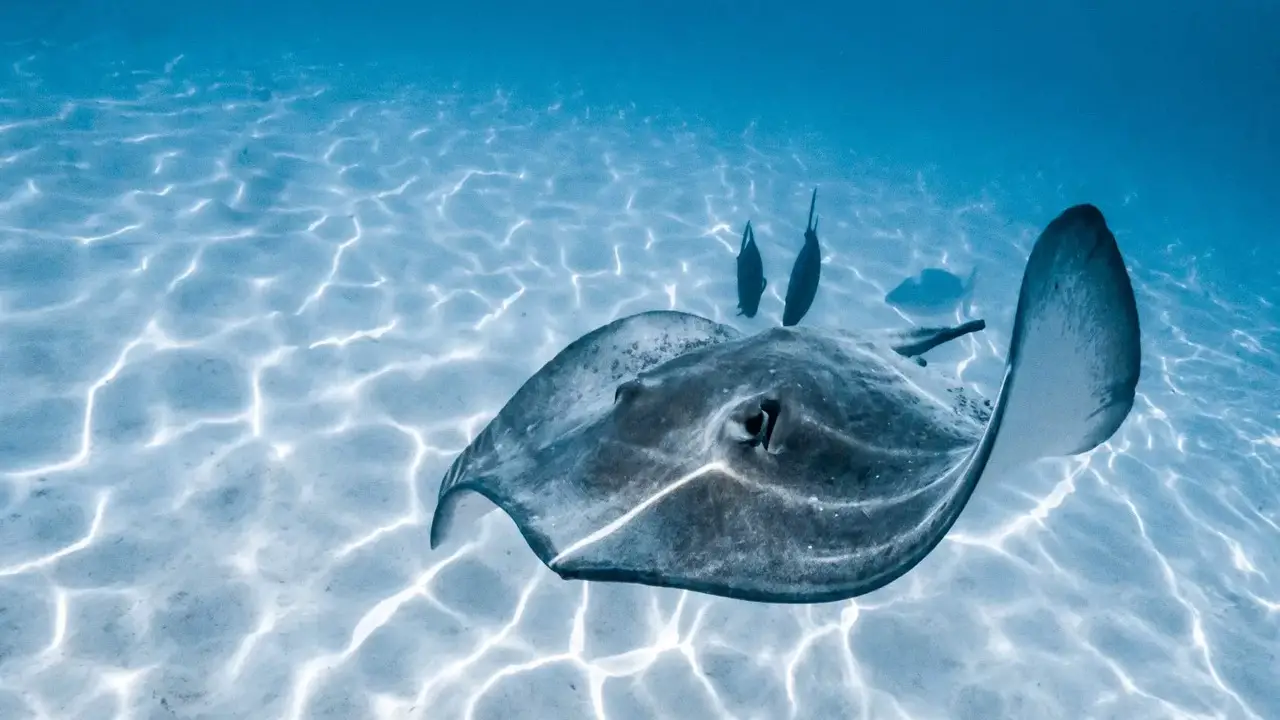
A healthy freshwater stingray exhibits signs of good health, such as clear eyes, smooth skin, and active behavior. However, it’s important to note that these beautiful creatures can develop diseases like bacterial infections and parasites. To ensure the well-being of your stingray, look out for indicators like a strong appetite and regular excretions.
For common health conditions, prompt treatment with antibiotics or antiparasitic medication may be required. Maintaining regular water changes and proper filtration can also help prevent health problems in your freshwater stingrays.
How Much Does A Freshwater Stingray Cost?
The cost of freshwater stingrays can vary depending on the species and where you purchase them. Prices range from a few hundred dollars to several thousand. It’s important to buy from a reputable dealer to ensure the health of your stingray. Ongoing food, tank maintenance, and veterinary care expenses should also be considered.
Conclusion
To ensure the well-being of your smallest freshwater stingray, providing the right care and environment is crucial. Every aspect plays a significant role, from maintaining the optimal tank size and water parameters to choosing suitable tank mates and recognizing signs of good health. Additionally, understanding the stingray’s lifecycle, behavior, and dietary needs is essential for its overall development.
Although breeding teacup stingrays at home may present challenges, it can be a rewarding experience with proper knowledge and care. It is vital to consider the cost of owning a freshwater stingray, including expenses for tank setup, food, and regular check-ups. By following this comprehensive care guide, you can ensure the well-being and happiness of your smallest-freshwater stingray.
Frequently Asked Questions
Is There A Dwarf Stingray?
There are several species of dwarf freshwater stingrays, such as Potamotrygon leopoldi and Potamotrygon schroederi. These beautiful creatures require a minimum tank size of 100 gallons. Make sure to research the specific care requirements for the species you plan on keeping.
Do Teacup Stingrays Sting?
Teacup stingrays do possess stingers and can sting if they feel threatened. It is crucial to handle them cautiously and avoid proximity to their tail. Generally, they are not aggressive unless provoked or stressed. In the event of a sting, seeking immediate medical attention is advisable.
What Is The Smallest-Freshwater Stingray?
The Peacock-eye Stingray, also known as the Peebles Stingray, is considered the smallest-freshwater stingray. Native to South America, these stingrays can grow up to 10 cm in diameter. They are generally peaceful and can be kept in small aquariums with other calm fish. Care involves maintaining water quality, providing appropriate food, and monitoring behavior.
What Fish Can You Keep With Small Stingrays?
Small stingrays thrive best when kept with peaceful and non-aggressive fish. Compatible tank mates for small stingrays include tetras, corydoras, and gouramis. However, avoiding fin-nipping fish or those too small and may become prey is important.
Which Freshwater Stingrays Are Most Famous?
The Potamotrygonidae family, including species like the motor, P14, and pearl stingray, are among the most famous freshwater stingrays. Other popular species include teacups, black diamonds, and white-blotched river stingrays.

Aquarium passion is all about connecting with the aquatic life and providing education to the public on the importance of these creatures. We showcase a wide variety of marine life through our exhibits as well as working with schools to provide unique learning opportunities for students of all ages.









